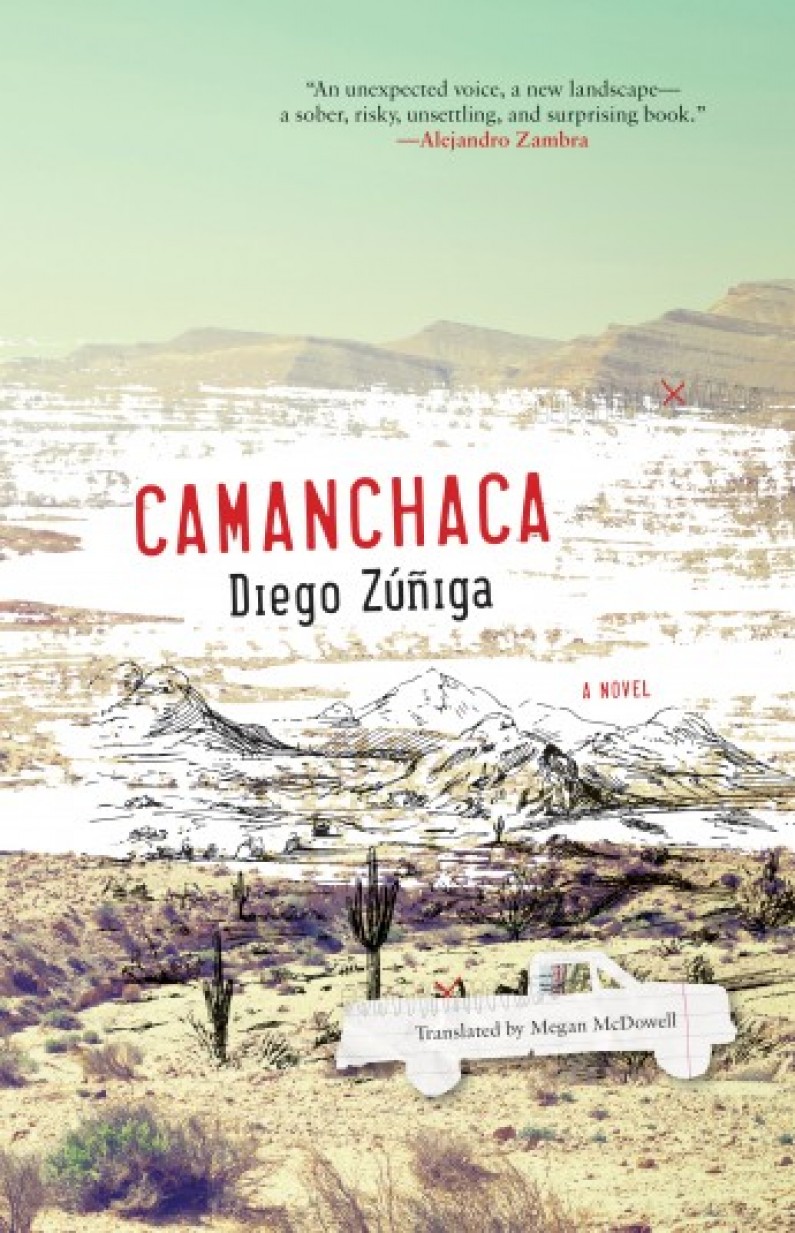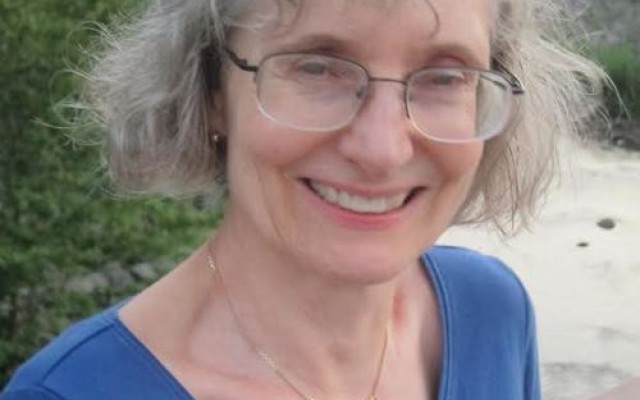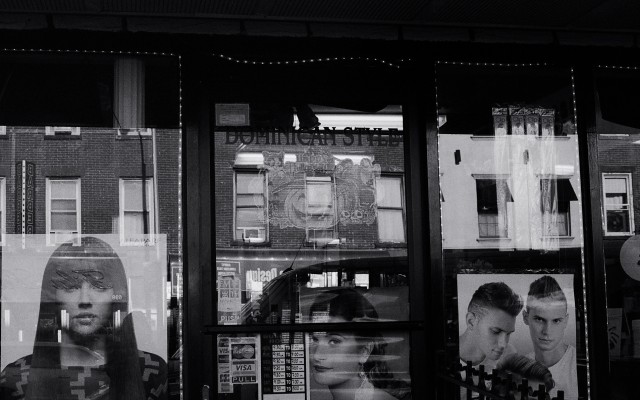Interview: Megan McDowell on Translating Diego Zúñiga’s Camanchaca

Megan McDowell is a Spanish-language literary translator from Kentucky. Her work includes books by Alejandro Zambra, Arturo Fontaine, Lina Meruane, Mariana Enriquez, Álvaro Bisama, and Juan Emar. Her translations have been published in The New Yorker, The Paris Review, Tin House, McSweeney’s, Words Without Borders, Mandorla, and Vice, among others. She lives in Santiago, Chile. Her most recent publication is a translation of Camanchaca (Coffee House Press, 2017), by Diego Zúñiga.
How did you come across Mr. Zúñiga’s work? What drew you to translating this novel?
I first read the book when I was living in Switzerland in about 2012. My friend Macarena García, a Chilean writer and academic who also lived in Zurich there, gave me her copy to read. I loved it, I was struck by its economy of language and the sinister undercurrent running through it. The narrator seemed so lost to be only 20, but I guess that’s the comment of an old person. He’s so young and dealing with his father’s abandonment and his mother’s intense need, two opposing burdens on him. I felt like the novel’s form helps give you a sense of the claustrophobia the narrator is feeling, the sense that he doesn’t know what to do or where to turn, though it's a feeling I don't think the narrator articulates to himself. I thought it was a remarkably accomplished book.
What was your process for translating this story? Did you look at maps or photos of places, did you have a firsthand account of any of them, or did you rely on the story itself to form the images in your mind? Is this your typical process?
I’ve spent a fair amount of time in Chile and I’m pretty familiar with its geography. I’ve never been as far north as Iquique, but I have been up as far as Huasco and Bahía Inglesa, so I know something about the desert landscape as you get further north in Chile. It would have been great to be able to go to Iquique at some point, hopefully I still will. It's too bad translators don’t get paid to travel! But yes, of course, I looked at streets and geography on the map, I looked at images, and later on I talked to Diego about it. It’s my typical process, if you can call it that, for works I translate that aren’t set in Santiago. Look online, and whatever you can’t figure out, talk to people, hopefully the author.
How much contact did you have with Mr. Zúñiga over the course of the translation? Do you tend to maintain steady communication with authors when you translate their work?
I did my first draft of the book without any contact with Diego. By the time Coffee House decided to publish the book, I’d moved back to Chile and Diego and I were friends. I went over the draft, which was a couple years old by then, with a fine-toothed comb, and then I had lots of questions for him. It was very easy to get answers—we just met for coffee or talked on the phone. This is a great advantage to living in the same place as your authors. When I translate people farther afield, we tend to become regular email correspondents—I can maybe get a little annoying… But so far people have been very responsive and open to conversations about their work. When I first started translating books I worried about asking stupid questions, and I tried not to ask and to figure things out on my own. But not asking questions is stupid. Writers worry about your questions, too—they think if there are things you don't understand, it means something was lacking in the text. But of course it’s not like that, I’m just coming from a different context and there are things that would be clear to a Chilean and that aren't clear to me. Once we all get over ourselves and our insecurities, we have productive conversations.
Were there moments in this text that felt particularly difficult to carry over, or that you feel have changed fundamentally in the English?
There were some changes, but I’m not sure you would call them fundamental. I learned that hide-and-seek has different rules in Chile, so the scene where the narrator plays with his cousin is a little different in English. There are a few phrases that I changed or moved around—Diego was open to my suggestions always. The Uruguayan woman drinks one bottle of pisco in English instead of the two she drinks in Spanish—I wasn't sure one person could consume that much. I left two Spanish words in the text that are very Chilean, and added a few clarifying words to defined them: “empampado" and “camanchaca.” “Empampado” isn't a word you'll find in the dictionary—it comes from a book by the Chilean writer Francisco Mouat called “El Empampado Riquelme”, about a man who disappeared in the desert in 1956, and whose skeleton was found exposed to the sun decades later. It’s something of a modern classic. “Camanchaca” is also a very Chilean word that refers to the kind of fog that you find in the desert by the ocean at night. Pretty specific, right? I also think they're both beautiful words, and I was happy to introduce them to English-speaking readers.
How do you like to translate? At a favorite café? A particular corner of your home? In the morning, evening, or all day long? By yourself? With a friend who’s native in the text’s language on speed dial?
My apartment has a lovely little patio and it’s my favorite place to translate. I also think it’s good to go out in the world to work—when I’m at a café I tend to concentrate better, and it helps me separate work from home, which is always good. I work all day long, but that’s not ideal… If I could choose I’d work in the morning, and finish around 5 or so. I do ask questions—lately I’ve been bugging my friend Rodrigo Olavarría, who is a great English-to-Spanish literary translator and gives me excellent answers he’s sure of. You’d be surprised how often asking a native speaker who’s not a reader or writer results in the answer “Ummmm… I dunno” (well, the Spanish equivalent).




